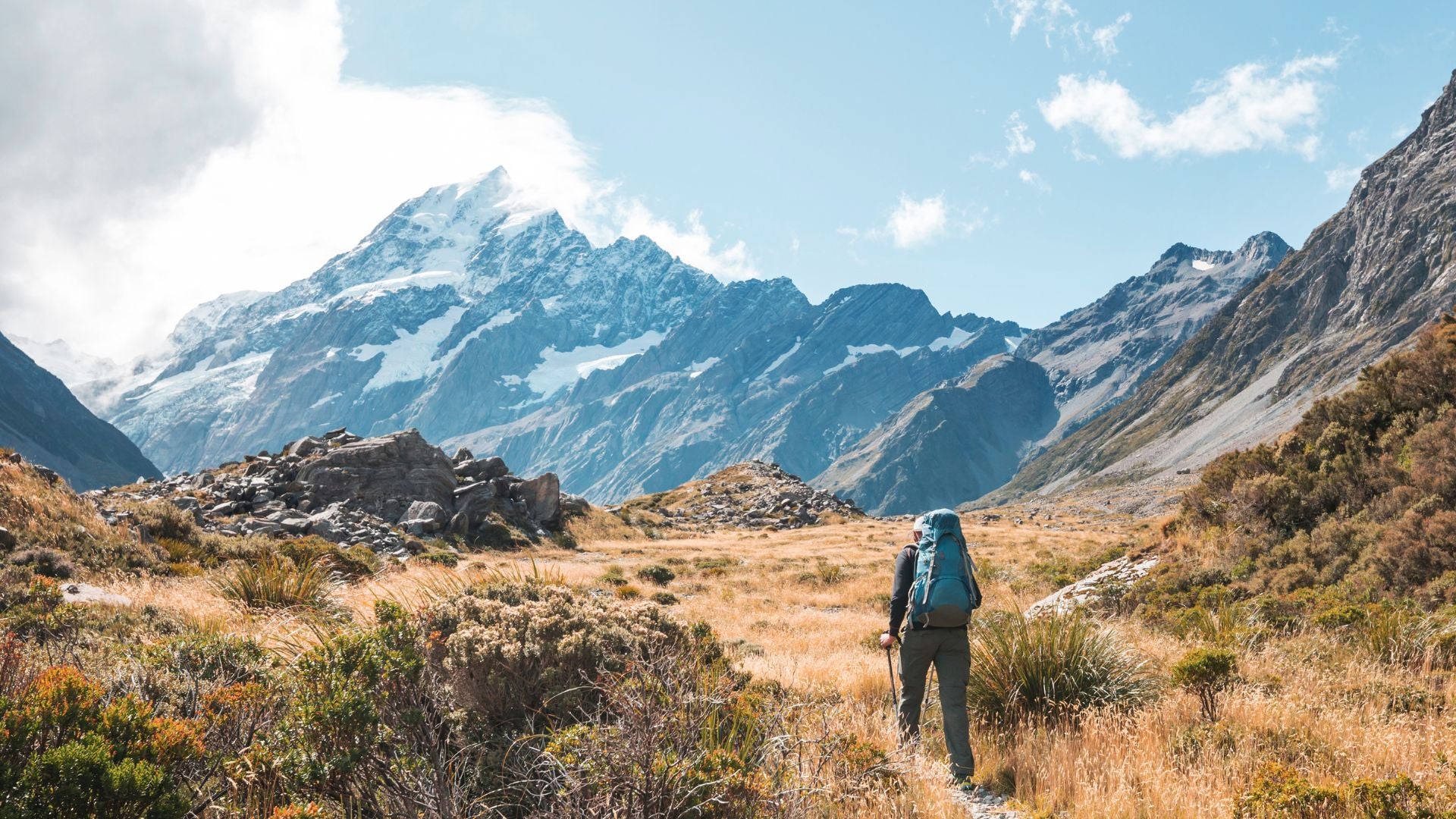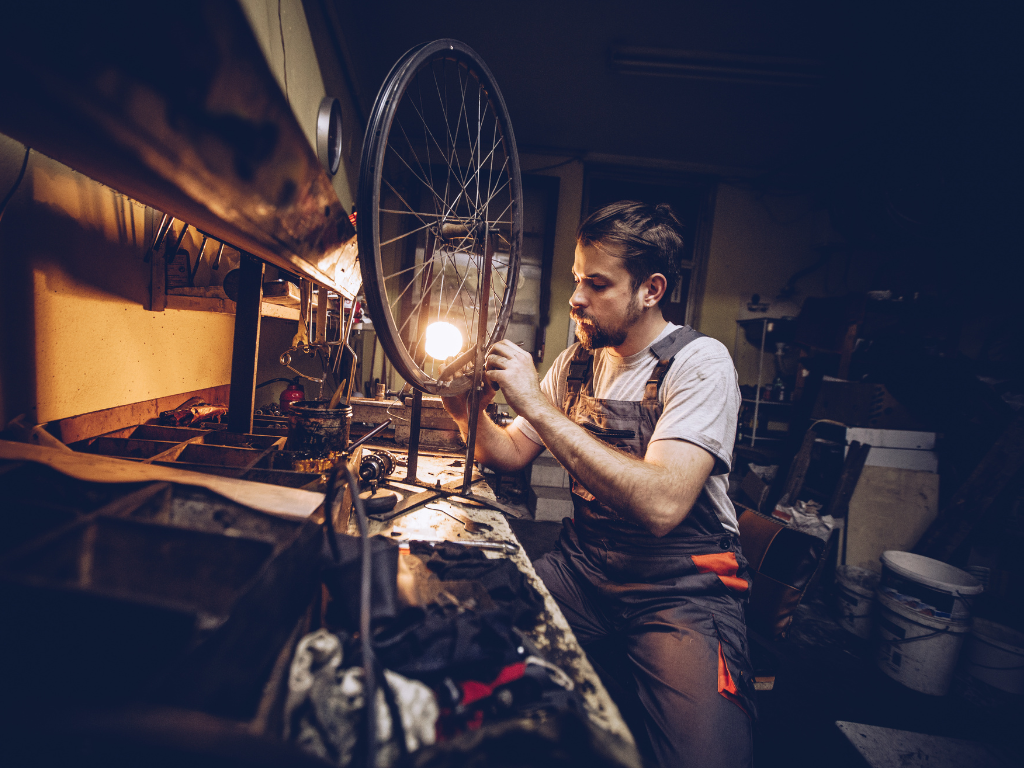
How to start training for an endurance trail running event.
This article is intended to people who want to participate in an endurance running event like the legendary Routeburn Classic, but the lessons are just as applicable for the Queenstown Marathon or any other long distance running event.
So let’s have a look at main the things you need to consider as someone new to endurance trail running.
1. Set your goalThe first thing to do is set yourself a goal. Having a goal will help keep you focussed and motivated – as we’re not talking about a walk in the park. Endurance running is a serious commitment. For example you goal could be to complete the Routeburn. And don’t worry about setting time objectives just yet. The goal is to finish withing the time cut-off and feel good about doing the event, and then maybe targeting the next one.
-
Get good shoes
You cannot overstate the importance of having the right pair of shoes – as you’ll just about be living in them if you’re training for a long distance running event.
The first stop should be to visit us at one of our stores. Outside Sports has New Zealand’s best range of trail running shoes and we have people who live and breathe endurance running and trail running footwear and they’ll be able to fit you with just the right shoe for you.
Trail running has really come of age lately and companies like Salomon are making shoes that a specially designed for the hardships of endurance trail running. Their new Genesis model for men and women are hugely popular because of the aggressive grip on their soles for security in slippery conditions, tough uppers to protect you against sharp stones, and enhanced stability to keep your ankles safe.
Here’s a deep dive into everything that goes into a good trail running shoe.
If you’re not planning to do all your training on trails you might want to consider a more smooth surface orientated shoe like the ON Cloud Stratus 3 with its super cushy, yet supportive ‘Cloud’ sole – also available in a mens’ fitment.
-
Make a training plan
The rule of thumb is that you need 16 weeks to train for a marathon, and longer events require a long training period.
Kilian Jornet who pretty much defined trail running and what is possible to do on mountain trails suggests a training programme like this. Natuarlly we’re big fans and stock his awesome unisex NNormal trail shoes – the Kjerag and the Tomir.
The only thing to watch is that you don’t over-train which is easy if you’ve got a big goal that you’re dead set on achieving. Over-training can quickly lead to fatigue and injuries like sprains, and tendonitis, which can put you back weeks. Remember steady progress wins the race.
-
Hit the gym
Targeted strength training can benefit runners, especially when it’s focussed on supporting joints, strengthening your core and aiding flexibility. Because everyone’s body and needs are different its best to see a personal trainer who can design a specific programme for you. They can even make it specific to the event you’re aiming for – for example by helping you build explosive leg strength if the route features boulder hopping like to Coast to Coast, or sharp intense climbs and jarring descents like pretty much any event in the mountains.
6 Eat drink and be merryIf you want to feel good throughout your training and on race day you need to have a well-structured nutrition plan. Your personal training is likely to be able to assist you here too. Otherwise, there are many resources you can tap into. This is a good place to start.
It's also a great idea to practice eating and drinking while you're running at race pace. This takes a bit of time to get used to so don't leave it until you're competing. Because endurance races tend to take you away from civilisation you need to take nutrition and hydration with you. Salomon makes these sweet hydration vests with lots of pockets and holders.
7 SweetdreamsSleep helps you recover from your training sessions and gives you the energy and positive attittude you need to do the next one.
It’s good to get into a routine of regular bedtimes and getting up times. 18 degrees is considered the ideal room temperature for good sleep. And make sure to get off your screens at least an hour before you want to nod off.
8 Mental preparationTrail running in uneven undulating and often steep terrain is hard work. Being able to keep going when your lungs are bursting and your legs are screaming ‘stop’ is the real victory – one that you’ll share with everyone else who’s on the trail with you.
Endurance running is also a solitary business. The writer of The Loneliness of the Long-Distance Running’ wasn’t kidding when he chose that title for his book. Part of your training is learning to be comfortable with yourself and extending your capacity for enduring discomfort with no one else there to help you. For that reason, it helps push yourself in a strategic way and experience pain in training, so you know that you can deal with it – and get through it on the big day.



